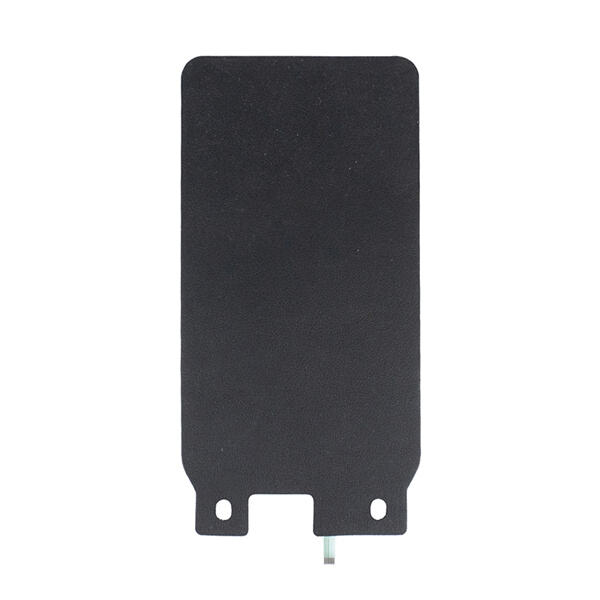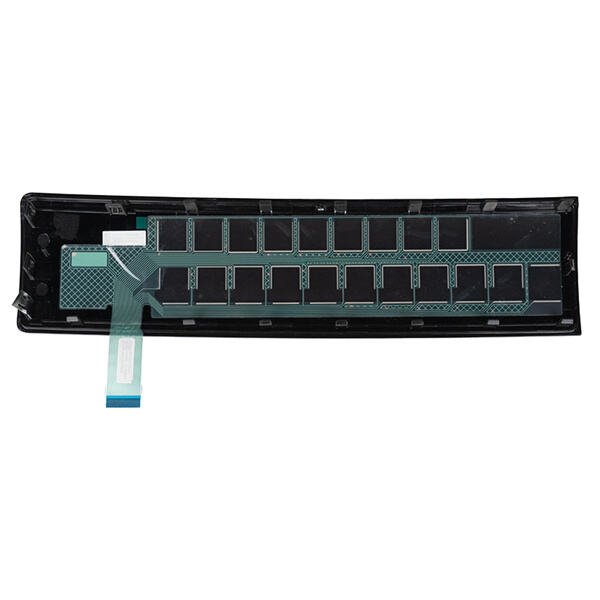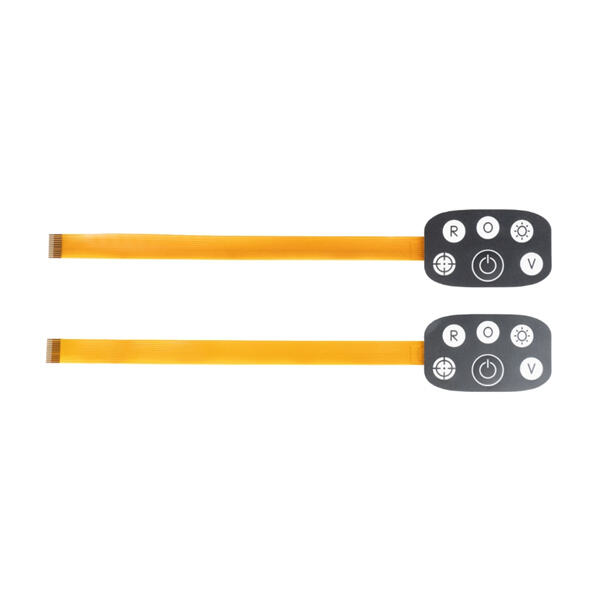Tactile sensors are small gadgets that can feel things once you touch them. They are important because they teach robots and machines how to make sense of their surroundings. In the same way we use our fingers to detect hot and cold, soft or hard, robots use tactile sensor to "feel" and react to the world around them.
Tactile sensors work by incorporating special materials that change when you push on them. This transition indicates to a computer. This enables robots to sense how much force is being applied and to make decisions in response to that sensory input.

For Robots, Tactile Sense Is Key Here’s why: Tactile sensors are a crucial component of robots because they make the machines better at being human. For instance, a robot with sensor tactile will be able to pick up an egg without breaking it or sense when to stop shaking hands with a person. That helps make robots safer and more adept at tasks that require a light touch.

There’s always a new mechanism for scientists and engineers to make tactile sensors better. They’re designing sensors that are both more sensitive and resilient. And some new sensors can even detect textures and temperatures, which can help robots gain a more dexterous feel. These advancements are enabling robots to be used for more types of work.

Tactile sensors are not only for robots — they are used in health care and technology. In health care, they could be incorporated into prosthetic arms and legs that allow users to sense touch. This helps them not just connect better with their artificial limbs but to live better lives. In technology, robot tactile sensor are employed in touchscreens to detect when a person touches the screen and to assist in the use of devices.


Copyright © Dongguan Soushine Industry Co.,Ltd. All Rights Reserved - Privacy Policy